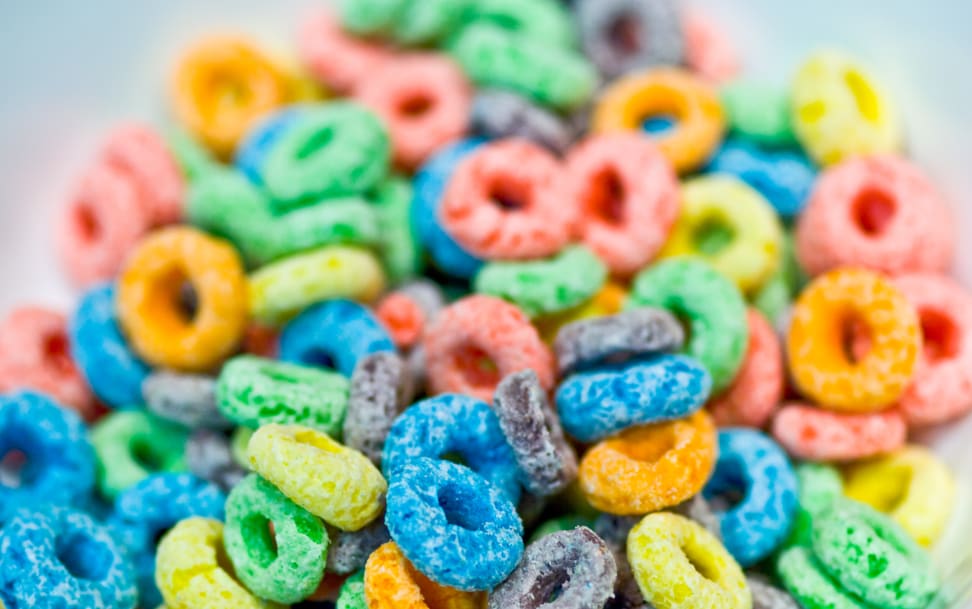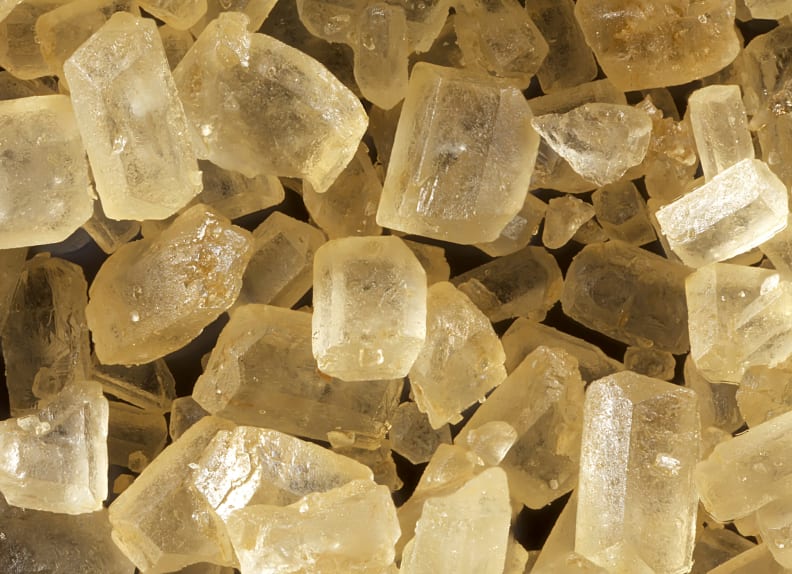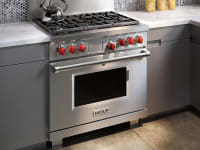Cutting Back on Sugar? There’s an App for That
The Oompa-Loompas would never approve.
 Credit:
Flickr user "vox_efx"
Credit:
Flickr user "vox_efx"
Recommendations are independently chosen by Reviewed's editors. Purchases made through the links below may earn us and our publishing partners a commission.
Most of us love it, but deep down we know sugar isn’t good for us. In recent years, clinical studies into the effects of added sugar—especially refined sugar and high fructose corn syrup—have piled the bad news higher and higher.
Added sugar has been exposed as a primary culprit in obesity, cardiovascular disease, dementia, macular degeneration and, of course, Type-2 diabetes and tooth decay. Sugar provides no nourishment for your body, just empty calories.
Despite these facts, the average American still consumes three pounds of sugar per week.

The C&H Sugar Refinery in Crockett, CA
A big part of the problem is that sugar is hidden in many of today’s processed foods. That’s where a new app called SugarChecked may come in handy.
SugarChecked lets shoppers scan product barcodes at the grocery store to reveal detailed sugar content information. The app identifies four main types of sugars that consumers can avoid, including added sugars, artificial sweeteners, natural low-calorie sweeteners, and sugar alcohols.
The folks behind SugarChecked promise that sugar content information is fact-checked by a team of nutritionists. As well as unmasking often-deceptive food labels, SugarChecked provides shoppers with recommendations for healthier alternatives in real time.
In addition to serving as a kind of scold-free dietician while you shop, SugarChecked will provide low- or no-sugar recipes and menu ideas. Its database will also be continuously updated to add new products as they hit store shelves.

Brown sugar crystals, up close—real close.
The American Heart Association (AHA) recommends that no more than half your daily discretionary calorie allowance come from added sugar. That works out to about six teaspoons a day for women and nine teaspoons for men. To put that in perspective, a single 12oz. can of Coca-Cola contains slightly more than nine teaspoons of sugar (listed as corn syrup). So it’s no surprise that the average American consumes more than double the AHA-recommended quantity.
{{amazon name="Sugar-free Mom: Naturally Sweet and Sugar-free Recipes for the Whole Family", asin="1462114490", align="right"}} But soft drinks and candy aren’t the only ways we satisfy our sweet tooth. Added sugars are also common to sports drinks, fruit drinks (as opposed to fruit juice), barbecue sauces, many cereals and snack bars, dairy desserts such as ice cream, and sweetened yogurt.
The path to a less sugar-intensive diet isn’t always obvious, but for those of us looking to lose weight, lower our blood sugar, or make general improvements to our diet, apps like SugarChecked could make the signposts a little easier to decipher.
Related Video
{{brightcove '4236384529001'}}



